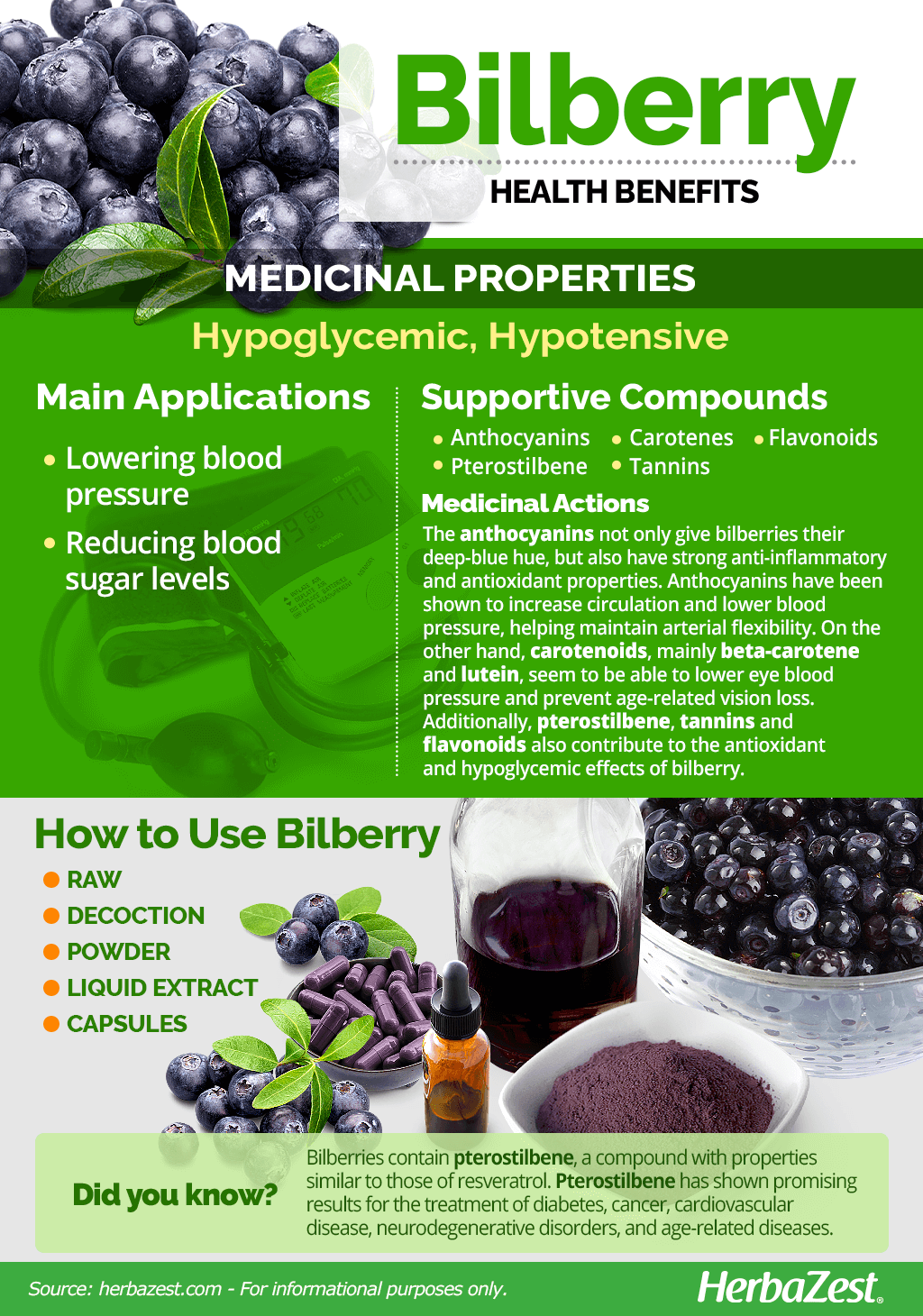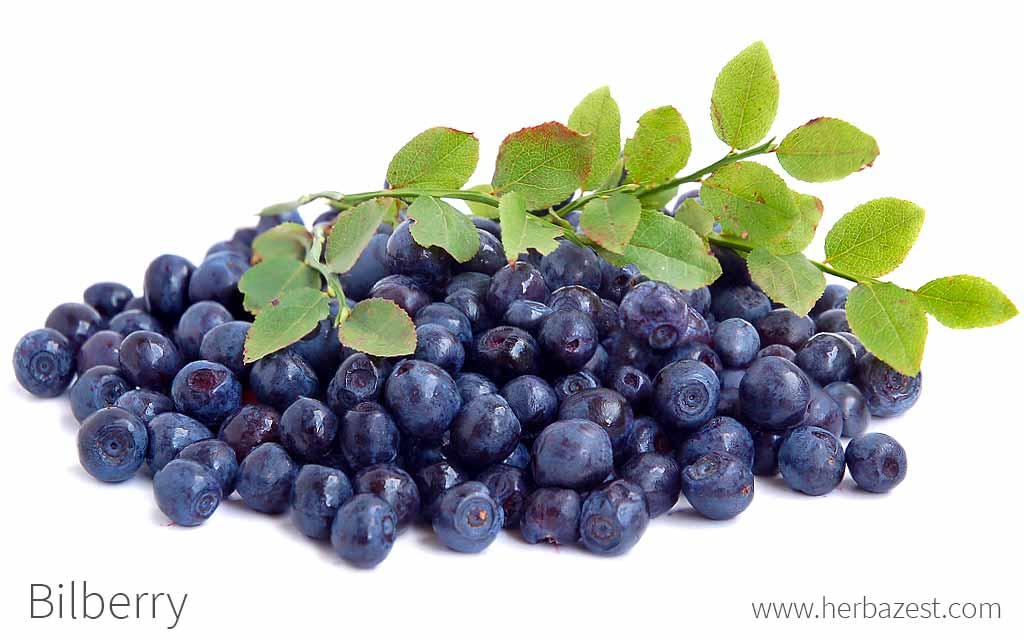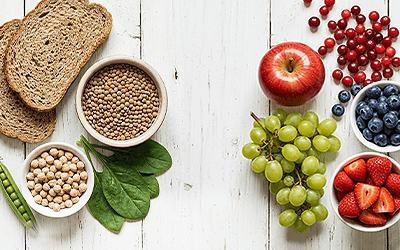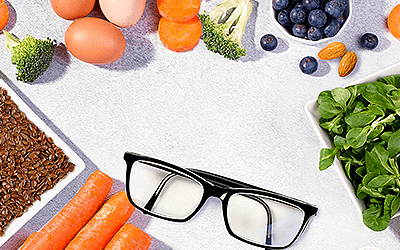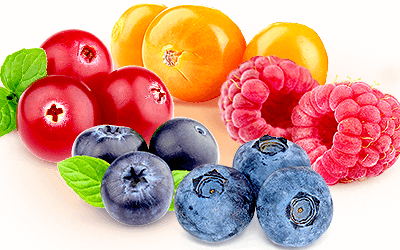Bilberry, a herb originating in the temperate regions of the Northern Hemisphere, has been one of the world's most popular berries for centuries. It is believed that they were originally independently domesticated over a millennium ago in Europe, Asia, and North America, where they now grow wild. With the arrival of pharmaceutical technologies, bilberries have become prized more for their sweet flavor than their medicinal potential. Nowadays, they are mostly seen as a low-calorie snack that contains immense nutritional value.
Bilberry Medicinal Properties
Health Benefits of Bilberry
The different ways humans have experimented with bilberries throughout history have led to the following medicinal uses:
Lowering blood pressure. Bilberry has been shown to reduce leakage in the blood vessels in the eye, thus helping prevent and treat age-related macular degeneration.
Reducing blood sugar levels. Bilberry leaves help increase insulin sensitivity, allowing the body to control blood sugar levels more efficiently.
Additionally, bilberry may be useful for:
Stopping diarrhea. Bilberry's antibacterial properties allow it to help reduce bouts of diarrhea.
Promoting eye health. Bilberry may be able to reduce compounds that contribute to diabetes-related retinopathy, and it has been shown to be effective in maintaining eye muscle response, preventing age-related vision problems.
How It Works
The anthocyanins, responsible for the deep-blue hue of bilberries, have strong anti-inflammatory and antioxidant properties; they have been shown to increase circulation, lowering blood pressure, and helping maintain arterial flexibility.1 Bilberries are high in carotenoids, mainly beta-carotene and lutein, which seem to be able to lower eye blood pressure and thus prevent retinopathy; their beta-carotene content can treat vitamin A deficiency, which is a common cause of night vision atrophy.
Bilberry has been shown to promote the automatic response of ciliary muscle in the eyes, preventing age-related vision problems.2
Pterostilbene is a compound with properties similar to those of resveratrol, and it has shown promising results as potential nutraceutical for the treatment of diabetes, cancer, cardiovascular disease, neurodegenerative disorders, and aging.
Bilberries are also rich in tannins and flavonoids, all of which contribute to the antioxidant, hypoglycemic effects of bilberry.3,4
Other herbs with hypoglycemic properties are lucuma, soursop, stevia, and yacon, while hibiscus, passion fruit, persimmon, and saffron share similar hypotensive effects.
Bilberry Side Effects and Cautions
There are no known side effects of bilberry. However, experts recommend that bilberry leaf and extract not be taken over an extended period of time due to their tannin content that may lead to severe weight loss, muscle spasms, or death - although no cases have been reported relating to bilberry specifically so far. It is also believed that bilberry may alter the efficacy of other medicines or vitamins, namely blood thinners and diabetes medication.
- Medicinal action Hypoglycemic, Hypotensive
- Key constituents Anthocyanins, carotenes, flavonoids, pterostilbene, tannins
- Ways to use Capsules, Decoctions, Liquid extracts, Food, Powder
- Medicinal rating (3) Reasonably useful plant
- Safety ranking Use with caution
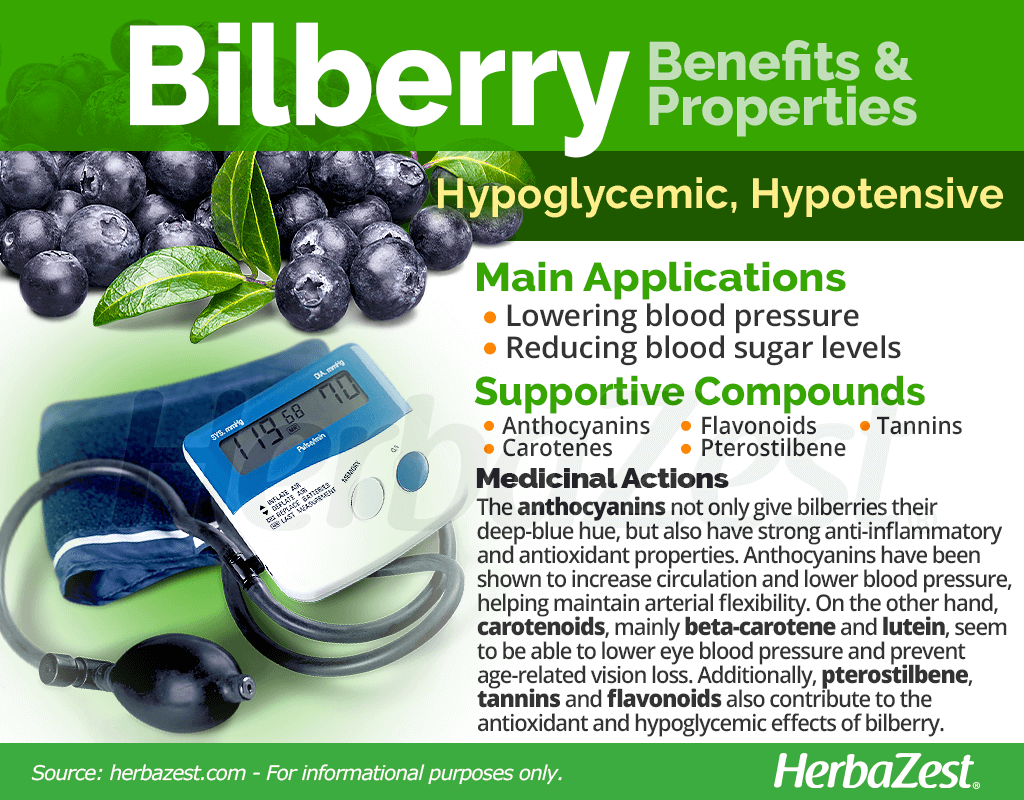
Bilberry Nutrition
Bilberries, as other dark berries, are low in calories and high in dietary fiber, which makes them ideal for a balanced diet and for a weight management plan.
The most abundant nutrients in bilberry are vitamins B1 (thiamin) and E (alpha-tocopherol). While thiamin is essential for the conversion of food into energy as well as for proper development and cellular function, vitamin E is a powerful fat-soluble nutrient with great antioxidant benefits; it helps fight the damage caused by free radicals to the cells, also improving the natural immune response and preventing the formation of blood clots within the arteries. Bilberries also carry good amounts of vitamins C (arcorbic acid) and K (phylloquinone). Vitamin C is a proverbial antioxidant that also allows for a better iron absorption, playing an important role in collagen production, disease prevention, and the generation of new red blood cells; whereas vitamin K is crucial for proper coagulation and wound healing as well as for building strong bones.
The mineral content of bilberries is not impressive but it contributes with small amounts of iron, magnesium, phosphorus, and potassium.
100 grams of fresh bilberries provide 65 calories, 13% DV of dietary fiber and 3% DV of carbohydrates.
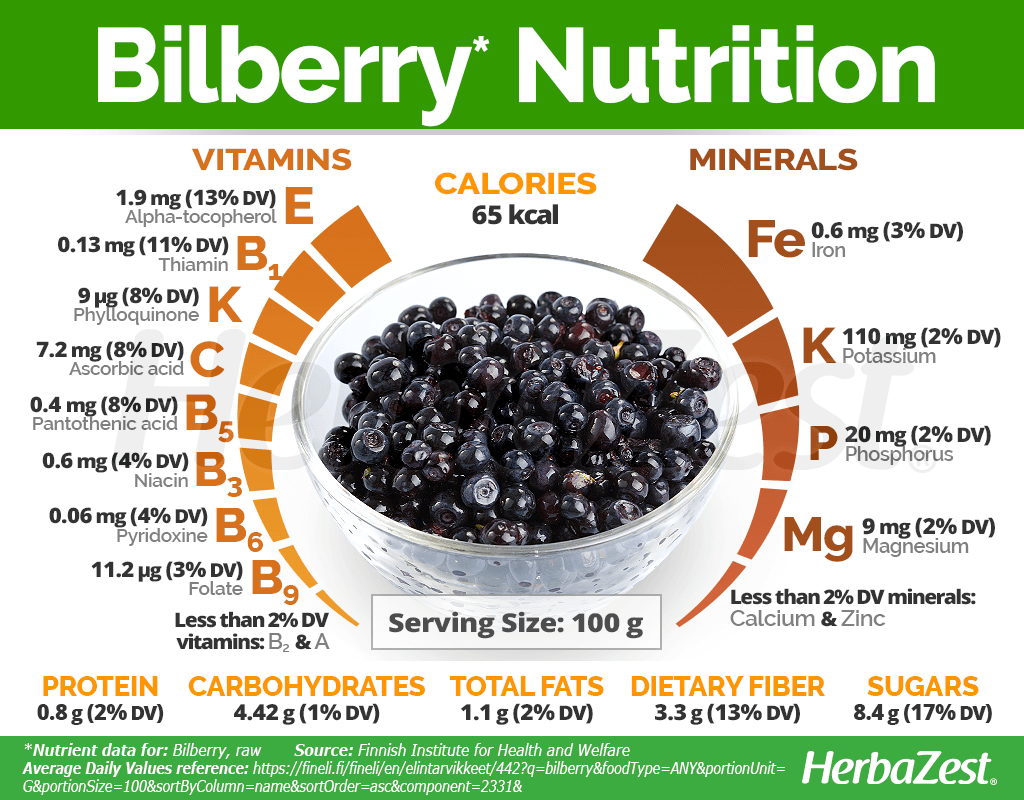
How to Consume Bilberry
Natural Forms
Raw. Fresh bilberries' sweet flavor and high antioxidant content can be obtained by using them in sorbets, sauces, pies, and many other culinary preparations.
Decoctions. A decoction made by brewing 20 - 60 grams of dried berries is the go-to bilberry preparation for countering diarrhea.
- Powder. In this supplemental form, bilberry can be added to water, juices, or smoothies for stopping diarrhea, as well as for the regulation of blood sugar and arterial pressure.
The flavor of bilberry is compared to that of fruits like strawberry and cherry.
Herbal Remedies & Supplements
Liquid extract. Obtained by distillation, this preparation contains more anthocyanins than bilberry food products.
Capsules. Bilberry capsules and extracts are typically standardized to contain 25% anthocyanins, making them the most consistent preparation.
- Edible parts Fruit
- Edible uses Flavoring, Sweetener
- Taste Sweet
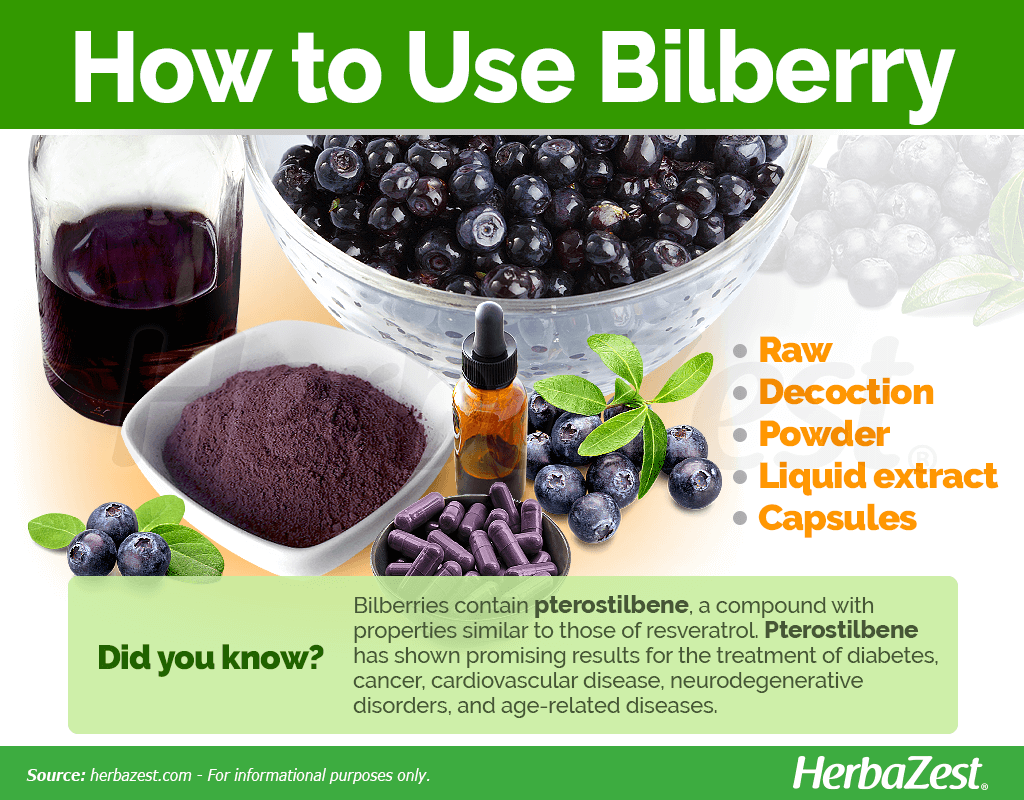
Growing
Bilberries are hard to cultivate, which is why they are mostly gathered from the wild. However, they can be grown in a controlled environment, under specific conditions.
Growing Guidelines
Slightly acidic soils are required for bilberries to grow best, with a pH range between 4.5 and 6.0.
Bilberries should be planted indoors during early fall and transplanted after the last frost date.
The seedlings should be planted under partial shade to full sun.
Extensive care should be taken, since bilberry plants are highly susceptible to pathogens.
- Life cycle Perennial
- Harvested parts Leaves, Fruit
- Light requirements Full sun
- Soil Peaty
- Soil pH 5.6 – 6.0 (Moderately acidic), 6.1 – 6.5 (Slightly acidic)
- Growing habitat Temperate climates
- USDA Plant Hardiness Zones 4a, 4b
- Planting time Fall
- Plant spacing average 3 m (9.84 ft)
- Propagation techniques Cuttings
Additional Information
Plant Biology
Because of differences between regional usages, it is important not to confuse bilberries or "European blueberries" with "American blueberries," since both their appearance and names are deceivingly similar. Bilberry bushes tend to be shorter than those of American blueberries, and the bilberry fruit is usually solitary, while American blueberries grow in bunches. Although both plants are nearly identical at first glance, bilberries can be recognized by their dark red flesh and juice, whereas American blueberries tend to turn blue quickly. In addition, American blueberries have a translucent or white flesh, which can help tell them apart from bilberries.
Classification
Bilberry is a species of the genus Vaccinium, part of the Ericaceae family. This is commonly known as the heath or heather family, and it contains 4,000 species split into 126 genera. This family includes many important berries in the culinary and herbal medicine industries, such as blueberry (Vaccinium corymbosum) and cranberry (Vaccinium oxycoccos). The common name bilberry comes from the Danish word bollebar, which means "dark berry".
Varieties and Subspecies of Bilberry
Vaccinium myrtillus is the species most commonly found and cultivated of all Vaccinium species with the common name of "bilberry." While V. myrtillus has no identified subspecies or varieties, it is sometimes referred to by its botanical synonym, V. yatabei.
Historical Information
Throughout history, bilberries have been used for a range of different medicinal purposes. Native Americans, for example, held the plant in high esteem as a herbal remedy for different and seemingly unrelated illnesses. Later, in the 12th century, the fruit was commonly recommended as a way of inducing menstruation and solving "women's ailments." By the 16th century, bilberry became a popular treatment for curing diarrhea, and during the 18th century, bilberries were widely described in herbals and medicinal treatises as a cure for intestinal disorders and mouth ulcers.
Economic Data
Bilberry is very popular in many foods, and therefore, it is in large demand in the alimentary industry. However, due to its medicinal benefits, it is also highly sought in the herbal remedy world. Bilberries are extremely difficult to grow, so they are collected from the wild rather than cultivated. They are plentiful in Northern Europe, especially in Finland and Sweden, where 20% of the unoccupied land is covered in bilberry bushes, are the largest exporters of bilberries, while USA, Canada, and Mexico are the main providers in North America.
Popular Beliefs
During World War II, interest in the properties of bilberry was revived by the British Government, who spread the rumor that bilberries were responsible for their night pilots' unusually sharp vision. This rumor was fabricated to conceal from their enemies the fact that they had developed radar technologies.
Other Uses
Personal care products. Some manufacturers use bilberry's essential oils in the production of shampoos and soaps.
Dye. Due to their anthocyanin content, bilberries have also been used as a blue dye, as well as a colorant for wine and liqueur.
- Other uses Cosmetics, Dye
Sources
- Frontiers in Pharmacology, Bilberries: Curative and Miraculous – A Review on Bioactive Constituents and Clinical Research, 2022
- Herbal Medicine: Biomolecular and Clinical Aspects, Bilberry (Vaccinium myrtillus L.), chapter 4
- International Journal of Food Sciences and Nutrition, Vaccinium myrtillus extract prevents or delays the onset of diabetes--induced blood-retinal barrier breakdown, 2015
- Molecules, New Insights into Dietary Pterostilbene: Sources, Metabolism, and Health Promotion Effects, 2022
- Encyclopedia of Herbal Medicine, p. 147
- MedlinePlus Herbs and Supplements, Bilberry
- Germplasm Resources Information, Taxon: Vaccinium myrtillus L.
- University of Maryland Medical Center, Bilberry
- Alternative Medicine Review, The effect of bilberry nutritional supplementation on night visual acuity and contrast sensitivity, 2000
Footnotes
- Frontiers in Nutrition. (2023). A grape seed and bilberry extract reduces blood pressure in individuals at risk of developing type 2 diabetes: the PRECISE study, a double-blind placebo-controlled cross-over intervention study. Retrieved March 18, 2024, from: https://www.ncbi.nlm.nih.gov/pmc/articles/PMC10283353/
- Nutrients. (2020). A 12-Week-Long Intake of Bilberry Extract (Vaccinium myrtillus L.) Improved Objective Findings of Ciliary Muscle Contraction of the Eye: A Randomized, Double-Blind, Placebo-Controlled, Parallel-Group Comparison Trial. Retrieved March 18, 2024, from: https://www.ncbi.nlm.nih.gov/pmc/articles/PMC7146147/
- Molecules. (2020). Effects of Bilberry Supplementation on Metabolic and Cardiovascular Disease Risk. Retrieved March 18, 2024, from: https://www.ncbi.nlm.nih.gov/pmc/articles/PMC7180827/
- Journal of Nutritional Science. (2013). A single supplement of a standardised bilberry (Vaccinium myrtillus L.) extract (36 % wet weight anthocyanins) modifies glycaemic response in individuals with type 2 diabetes controlled by diet and lifestyle. Retrieved March 18, 2024, from: https://pubmed.ncbi.nlm.nih.gov/25191571/
